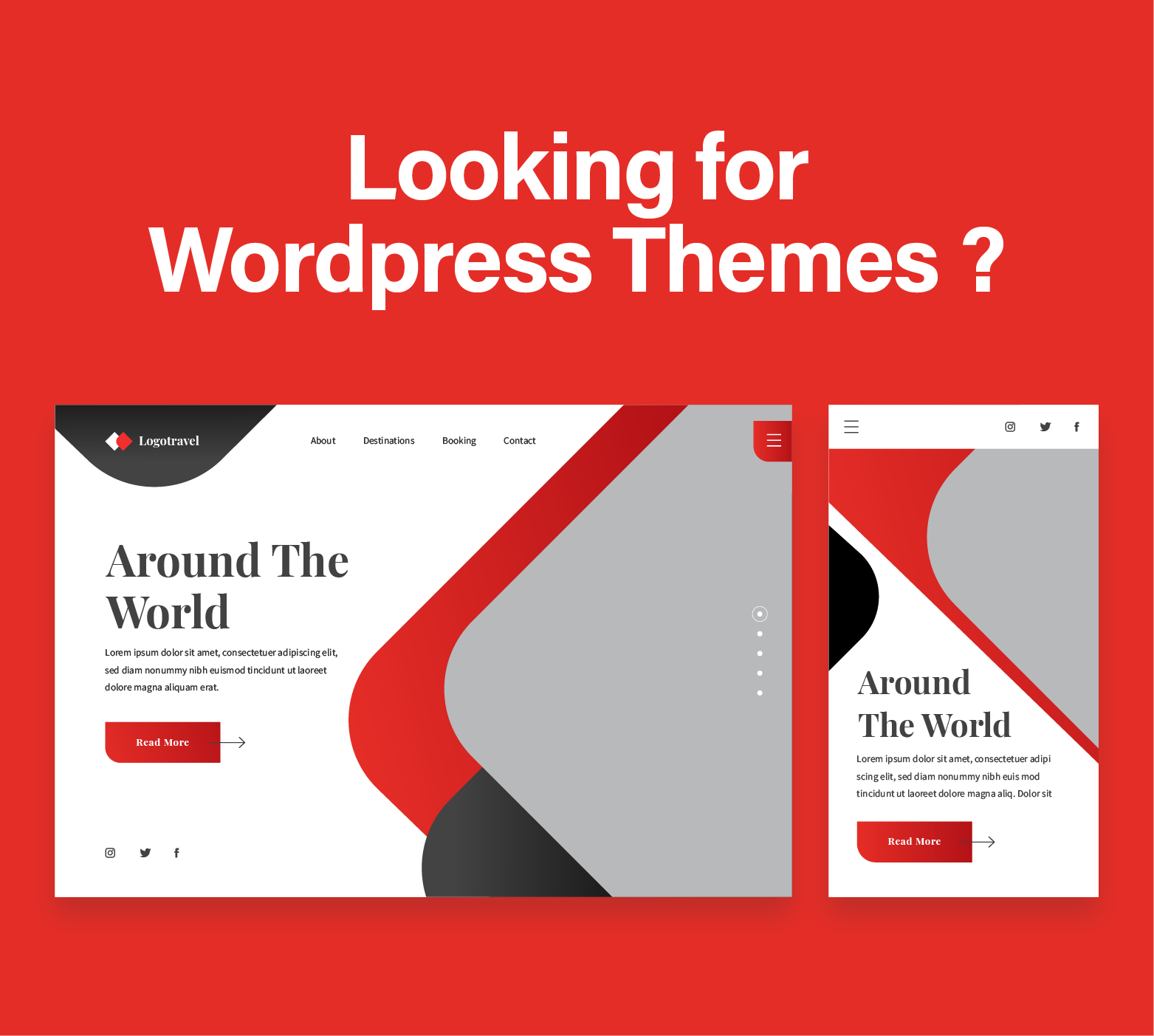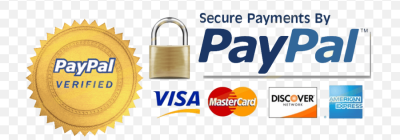
Key Takeaways for Optimizing Landing Pages
- Focus on Content Relevance: Tailor content to match the search intent of the target audience to increase engagement and improve conversion rates.
- Simplify Forms for Conversion: Minimize the number of fields in forms to increase the likelihood of them being completed by users.
- Optimize Call-to-Action: Ensure that CTAs are visible and compelling, encouraging users to take action quickly.
- Use SEO Best Practices: Implement on-page SEO tactics such as keyword inclusion, meta tags optimization, and internal linking to improve search rankings.
- Regularly Use Analytics: Monitor the performance of landing pages with analytics tools to understand user behavior and tweak strategies accordingly.
- Continuously Test Changes: Employ A/B testing to experiment with different elements of the landing page to determine what maximizes conversion rates.
- Optimize Technical Elements: Pay attention to technical aspects like URL structure and image optimization to ensure the page loads quickly and is indexed correctly by search engines.
- Leverage SEO Tools: Utilize keyword research tools and SEO platforms to gather insights that inform content creation and optimization efforts.
Do you need landing page design services ? No problem, we have the best designers, and we work with the latest tools like adobe xd, figma and others. Lets get into a call.
Introduction
In 2024, when competition online is so fierce, the efficacy of your online presence is heavily dictated by the strength of your landing page SEO. A well-optimized landing page not only boosts your visibility on search engines but also enhances user engagement and conversion rates. This article delves into the best practices for landing page SEO, offering actionable insights to refine your page content, structure, and technical elements to meet both search engine guidelines and user expectations. From selecting the right keywords to optimizing call-to-action placements, we’ll guide you through strategies that can transform your landing page into a powerful tool for attracting and retaining traffic.
Do you need SEO services for your landing page ? No problem, we provide monthly services for improving your SEO and rankings.
Understanding Landing Page SEO
Landing Page SEO is a strategic approach to enhancing the visibility and effectiveness of a landing page within search engine results. By tailelling the page to meet both user needs and search engine criteria, businesses can significantly increase their engagement and conversion rates. This involves a careful balance of well-crafted content, technical optimization, and user experience enhancements. Integrating SEO best practices into your landing page design ensures that the page not only attracts the right audience but also delivers a compelling message that encourages action.
What is a Landing Page?
A landing page is a standalone web page, created specifically for marketing or advertising campaigns. It’s where a visitor “lands” after they click on a link in an email, or ads from Google, Bing, social media platforms, or similar places on the web. Unlike general websites, landing pages are designed with a single focus or goal, known as a call to action (CTA). This focus makes landing pages the best option for increasing the conversion rates of your marketing campaigns and lowering your cost of acquiring a lead or sale.
The purpose of a landing page extends beyond mere aesthetics; it serves as the pivotal touchpoint for converting visitors into leads by presenting them with tailored offers and clear calls to action. By minimizing distractions and focusing on one specific offer, landing pages help increase the chances of visitor engagement and conversion. They are crucial in leading a potential customer through your digital marketing funnel, capturing their interest, and guiding them towards making a purchase or subscribing to your service.
The Importance of SEO for Landing Pages
SEO for landing pages is critical because it amplifies the reach and impact of your marketing efforts. By optimizing your landing page for search engines, you not only enhance its visibility but also improve its relevance to your target audience. This relevance is crucial for attracting visitors who are most likely to convert into customers. SEO involves tailoring your landing page’s content, keywords, and meta tags to align with what your potential customers are searching for, thereby increasing the likelihood of appearing in search engine results for those queries.
Moreover, effective SEO on landing pages leads to better quality scores in paid search campaigns, reducing the cost per click and enhancing the overall return on investment. It ensures that your landing pages are not just seen, but also resonate with potential customers, making them more likely to engage with your content and take the desired action. Therefore, investing in SEO for your landing pages is essential for maximizing the effectiveness of your digital marketing strategies and achieving better outcomes in both organic and paid search channels.
Key Elements of an SEO-Friendly Landing Page
Optimizing Page Content
Headline and Subheadings
The headline is your first opportunity to capture interest and improve relevancy for search engines. Effective headlines and subheadings use targeted keywords to improve the page’s SEO, while also providing clear, concise information about the content’s benefits. This encourages further reading and interaction, directly contributing to higher engagement and conversion rates.
Supporting Copy and Visuals
Your landing page’s supporting copy should succinctly convey the value of your offer, complemented by relevant visuals that enhance the message. Text and images should work together to form a cohesive narrative, with visuals serving to break up text and add contextual depth, which helps in retaining user interest and improving page aesthetics.
Keywords and Semantic Variations
Integrating primary keywords and their semantic variations throughout your landing page content helps search engines understand the topic and context of your page, boosting its visibility. Use them naturally within the text to ensure the page remains readable and engaging for users, while also being optimized for search performance.</ also>
Technical SEO Considerations
Title Tags and Meta Descriptions
Title tags and meta descriptions play a crucial role in SEO by summarizing the content of the page for both search engines and potential visitors. An optimized title tag and meta description improve click-through rates from search engine results pages, as they are designed to capture attention and highlight the key value proposition succinctly.
URL Structure
An SEO-friendly URL structure is clear, concise, and includes relevant keywords. This not only aids search engines in understanding the page content but also improves the user experience. A well-structured URL can convey information about the hierarchy of a website, making it easier for users to navigate and for search engines to index the content.
Image Optimization
Optimizing images is essential for speeding up page load times and enhancing SEO. Compress images to reduce their file size without sacrificing quality, and use descriptive file names and alt attributes that include relevant keywords. This helps search engines index your images properly and improves accessibility for users with visual impairments.
Strategies to Enhance Landing Page Visibility
Content Relevance and Search Intent
Ensuring content relevance and aligning with search intent are pivotal in enhancing landing page visibility. Content must not only be compelling and informative but also specifically tailored to meet the needs and expectations of the target audience identified through search intent analysis. This approach ensures that the content resonates with the audience, increasing engagement, reducing bounce rates, and boosting the likelihood of conversion.
Search intent categorization—informational, navigational, transactional, or commercial investigation—guides the optimization process. By understanding why users search and what they hope to find, marketers can craft content that precisely answers their questions or provides the solutions they seek, greatly increasing the relevance and attractiveness of the landing page in search results.
On-Page SEO Tactics
Internal Linking
Internal linking strengthens on-page SEO by guiding visitors to other relevant pages on your website, thus increasing time on site and improving site architecture. Strategically placed links encourage deeper exploration of your site, which signals to search engines that your site provides valuable content. Additionally, internal linking spreads link equity (ranking power) throughout the site, which can boost the SEO performance of individual pages.
Alt Text for Images
Alt text for images is crucial for SEO as it provides search engines with context to what an image displays, which is especially important if the image itself cannot be displayed. Effective alt text should accurately describe the image content while incorporating relevant keywords without over-optimizing. This not only helps with image indexing but also improves accessibility for users with visual impairments, ensuring a better overall user experience.
Conversion Optimization Techniques
Effective Call-to-Action Placement
Strategic placement of Call-to-Action (CTA) buttons can significantly influence the conversion rates on a landing page. Placing CTAs both above and below the fold ensures visibility regardless of how much or little a visitor scrolls. The CTA should stand out with a contrasting color and compelling copy that incites users to take immediate action, such as ‘Get Started’, ‘Learn More’, or ‘Buy Now’.
It’s also beneficial to personalize CTAs based on the visitor’s journey or interaction with the site. Dynamic CTAs that change based on the user’s past behavior can dramatically increase the conversion rates by offering more tailored and therefore more enticing offers.
Form Optimization for Lead Capture
Optimizing forms on your landing pages is critical for maximizing lead capture. Simplify the form to include only essential fields, as each additional field can reduce the likelihood of completion. Use engaging language that resonates with the audience and clarify what users will receive in return for submitting their information, such as a free ebook or a subscription to a newsletter.
Testing different layouts, field arrangements, and button texts through A/B testing can further refine the form’s effectiveness. Additionally, reassuring users about the security and privacy of their data can alleviate concerns and boost submission rates.
Tools and Resources for Landing Page SEO
Keyword Research Tools
Effective landing page SEO begins with targeted keyword research. Tools like Google Keyword Planner, Ahrefs, or SEMrush offer insights into search volumes, keyword difficulty, and competitor analysis. These tools help identify high-potential keywords and phrases to integrate into your landing page content, ensuring the page aligns with what your audience is searching for.
Utilizing these tools allows marketers to discover long-tail keywords which can attract more qualified traffic and lead to higher conversion rates due to their specific nature and lower competition.
SEO and Analytics Platforms
SEO and analytics platforms such as Google Analytics and Moz provide crucial data on your landing page’s performance, from traffic sources and behavior to conversion metrics. These platforms help identify which elements of your page are working and which need improvement.
Regularly using these tools can guide ongoing optimization efforts, ensuring your landing page remains effective at drawing in and converting visitors over time.
Case Studies and Examples
Successful SEO Landing Pages
Reviewing successful SEO landing page case studies can provide valuable insights into effective strategies and common themes. These examples highlight the integration of SEO best practices, from keyword optimization and compelling content to technical SEO and fast page speeds, all contributing to higher rankings and better user engagement.
Studying these successes allows marketers to emulate proven tactics and innovate based on tested principles.
Common Pitfalls in Landing Page Optimization
Common pitfalls in landing page optimization include neglecting mobile optimization, using generic instead of targeted content, and overloading the page with too many calls-to-action. These mistakes can detract from user experience and diminish conversion rates.
Understanding these common errors can help marketers avoid them and instead focus on creating streamlined, focused, and user-friendly landing pages that are optimized for conversions and SEO performance.
Monitoring and Improving SEO Performance
Using Analytics to Track Success
Utilizing analytics is essential for monitoring the performance of your landing page. Tracking metrics such as page views, bounce rate, and conversion rate provides insights into what’s working and what isn’t. This data is crucial for making informed decisions about SEO and content strategies, helping to optimize the page continuously.
Analytics platforms can alert marketers to trends and patterns that may not be immediately obvious, enabling proactive adjustments that enhance page performance.
A/B Testing and Continuous Improvement
A/B testing is a powerful method for comparing different versions of your landing page to determine which elements perform best. By systematically testing changes to headlines, images, or CTAs, you can incrementally improve your page’s effectiveness.
This ongoing process of testing and optimization is vital for keeping yourlanding page SEO ahead of the curve and responsive to user behavior and search engine algorithm changes.
Do you need SEO services for your landing page ? No problem, we provide monthly services for improving your SEO and rankings.








